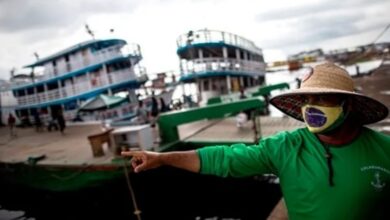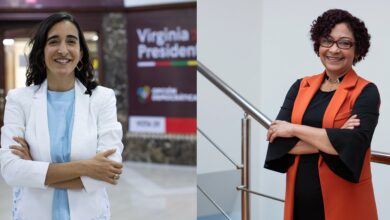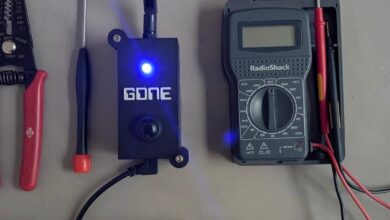What is the revolutionary flipped classroom?
We were used to having a traditional teaching mode. However, what will happen with the changes posed by new technologies?.

The quarantine and the pandemic in general meant the adaptation of new ways of teaching and learning. / Photo: Pexels
LatinAmerican Post | Ariel Cipolla
Listen to this article
Leer en español: ¿Qué es la revolucionaria aula invertida?
Teaching in times of COVID-19 is undergoing changes. One of the most obvious has been distance education, which, according to the BBVA website, implies the need to “reinvent ourselves” to continue with the educational curriculum, allowing students to continue with their training.
It was a clear trend due to the emergence of new digital technologies, but it became a necessity due to the impossibility of attending in person. Although at some point all countries will enable classes in clasrooms, that does not mean that the same previous modalities will be maintained.
We saw this with the Pontificia Universidad Católica Madre y Maestra (PUCMM) of the Dominican Republic, which, according to the Hoy Digital media, is implementing a disruptive teaching-learning methodology known as a flipped classroom. Let's see, then, what this form consists of that could revolutionize the classrooms of Latin America.
The flipped classroom and the modification of learning roles
The quarantine and the pandemic, in general, meant the adaptation of new forms of teaching and learning, both for students and teachers. An example is that, according to the El Liberal website, there is an "Inverted Classroom" course for Argentine teachers of all levels and modalities.
The need to rethink the classroom space implies knowing what is happening with the current knowledge on the part of students of all ages. The website of the Observatorio de Innovación Educativa de México explains that, according to education expert Ken Bauer, it is necessary to “stop thinking that students will cheat”, trusting in the desire they have to learn.
Changes in the way of learning are not taking place only in this era of the coronavirus, but right now the need to “modify the system” is revealed, due to the appearance of the Internet. We can see some of this in an article by La Voz de Galicia, which determined that "the role of the school has changed", in the sense that it lost its monopoly as a transmitter of culture and information.
That is to say, a large part of the curriculum – if not all – is, in one way or another, posted on the Internet. Teachers, who were previously the only people who could transmit knowledge, today “compete” with articles on the web, YouTube videos, and even explanations from other professionals that are available to anyone.
Also read: These are the health recommendations if you plan to take a flight
In other words, memorizing concepts that are actually within the reach of a simple search on the Internet does not seem to be of much use. The BBC website emphasizes the need to “keep children motivated by the Internet” because the situation has changed drastically.
Now, students learn the material personally first, thanks to technologies, so the role of the teacher and the classroom itself, whether virtual or not, seems to be reinventing itself. It is in this sense that the concept of flipped classroom can improve the context, since the specialized website of Teachers al Día mentions that it is "an ideal strategy for the hybrid or blended model", applied during this pandemic.
The ABC medium highlights that the flipped classroom methodology consists of offering videos with theoretical content that students must see personally at home. That is, the theoretical explanation within the classroom is omitted, either in a virtual or personal way, so that the space as a whole means a form of practical learning as a whole.
From Informa Valencia, they add that the participation of the students "is the protagonist" since the classroom would appear as a complement where practical contents are developed with which the theory seen above is applied. That is, if the theoretical material can be found or supplied easily, the teacher's explanation is no longer essential (except to accompany doubts), but it must accompany others to interpret everything seen in a practical way.
This implies, according to Diario Sur, that teachers "adapt" to the new ways of learning of students. That is to say, prepare multimedia content with easy access and quick explanations, where the most important theoretical topics are seen. The pedagogical approach is placed on the students themselves who know what to do with the information they learned.
Therefore, it seems pointless to continue with evaluations of memory concepts that do not involve a practical part. The training seems to aim more at solving problems that are much more related to the workplace than with the knowledge of a theory that is at our fingertips at any time thanks to the arrival of the Internet.
This model could gain special importance in Latin America, possibly putting an end to “boring master classes”, thanks to multimedia elements with specific approaches and goals. Thus, students will have the possibility to adapt quickly to the demands of the labor market, improving the graduation rate, and lowering the dropout rate.





